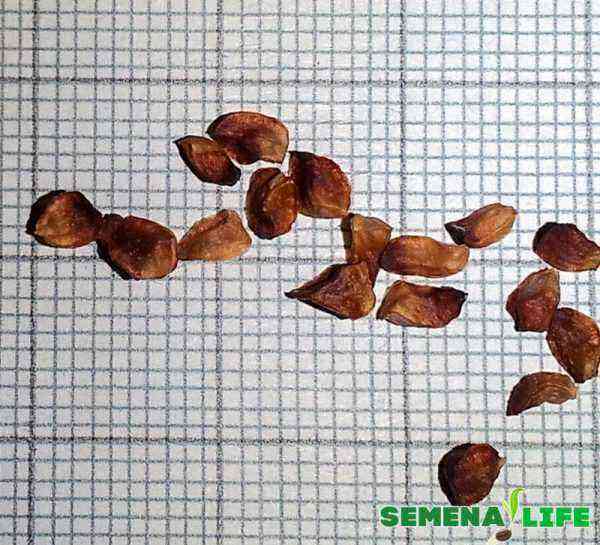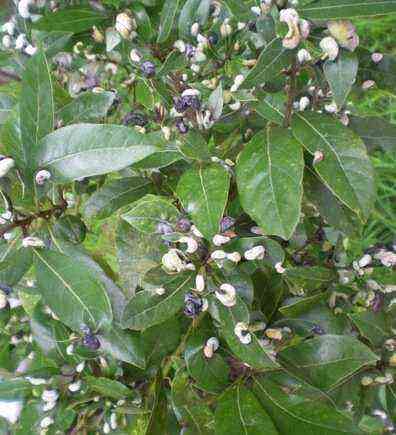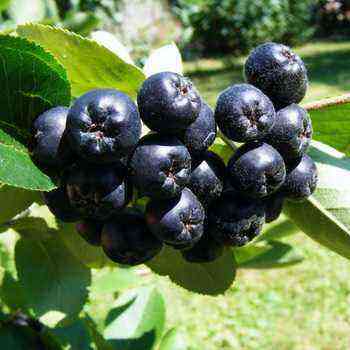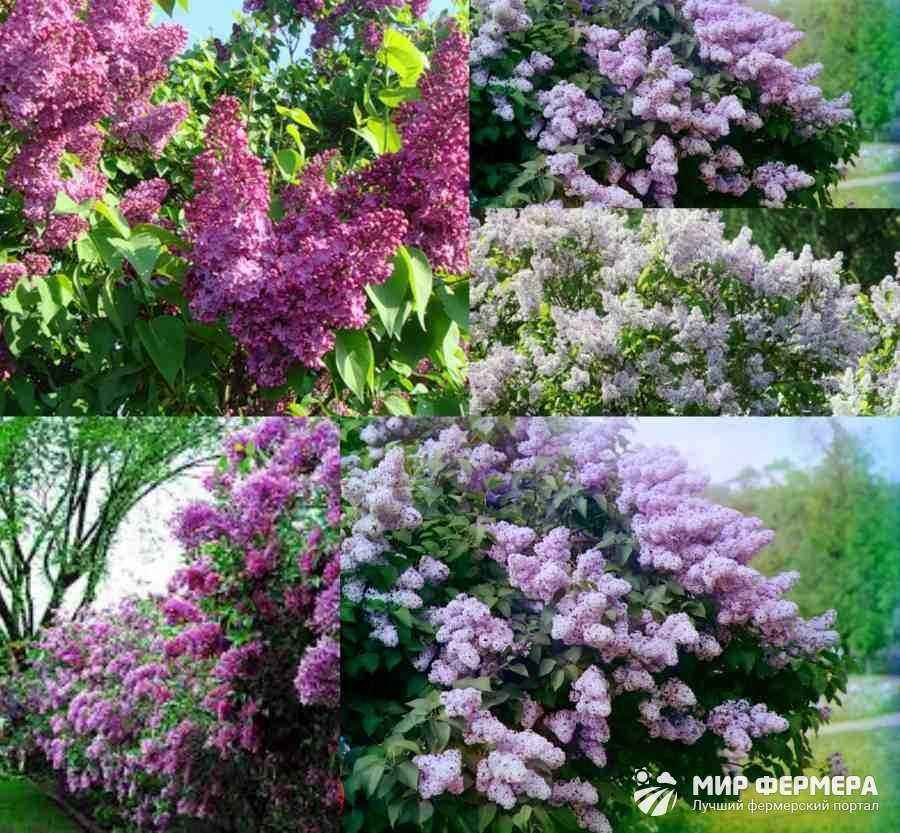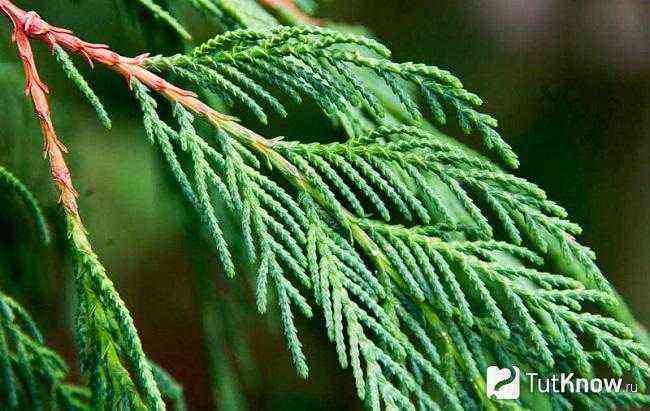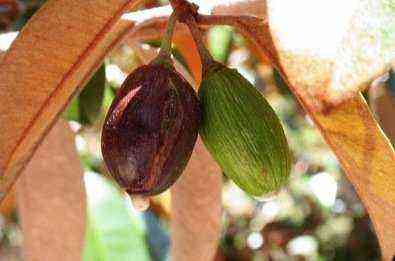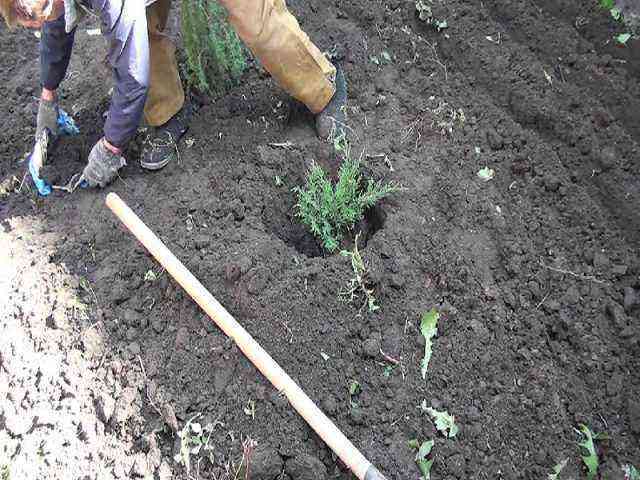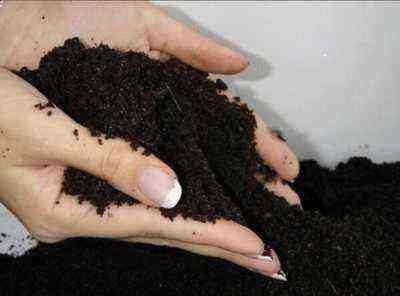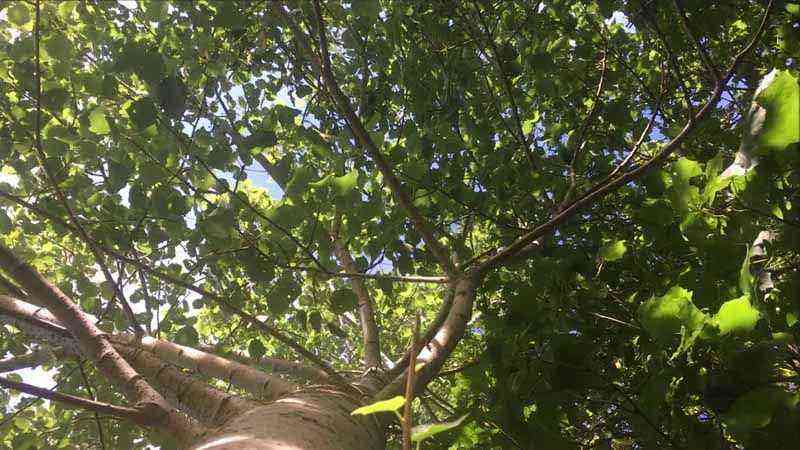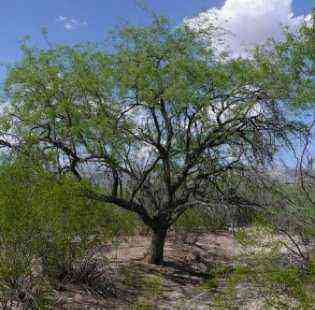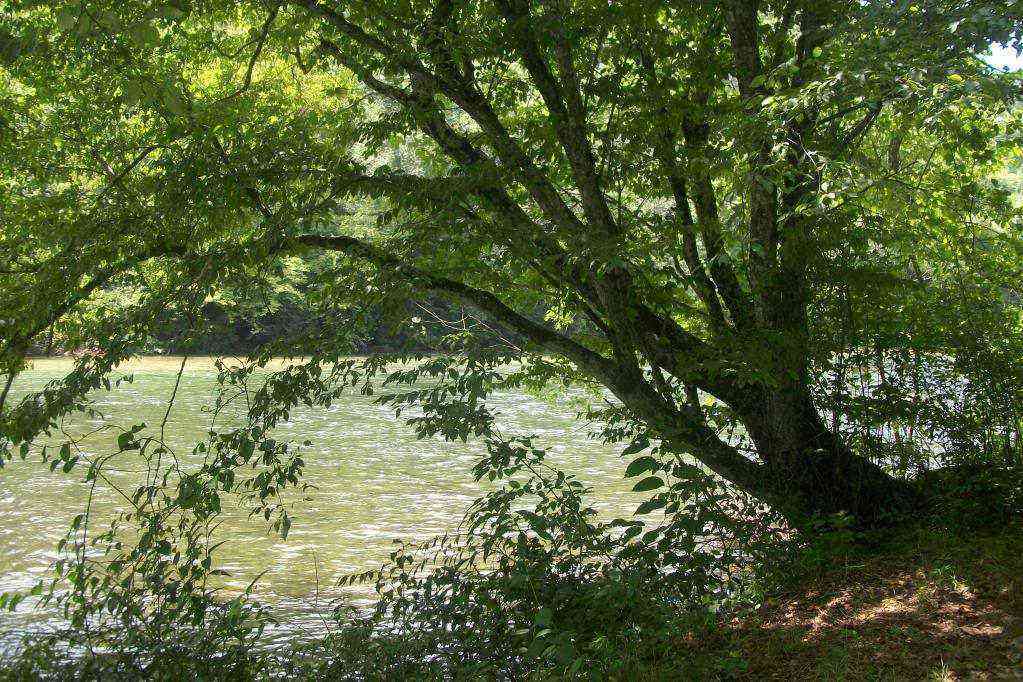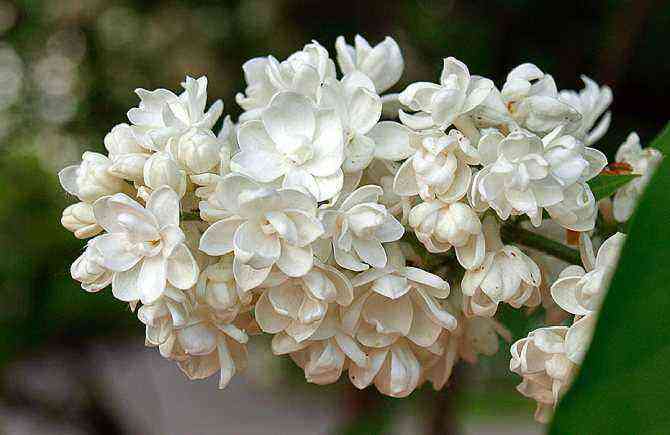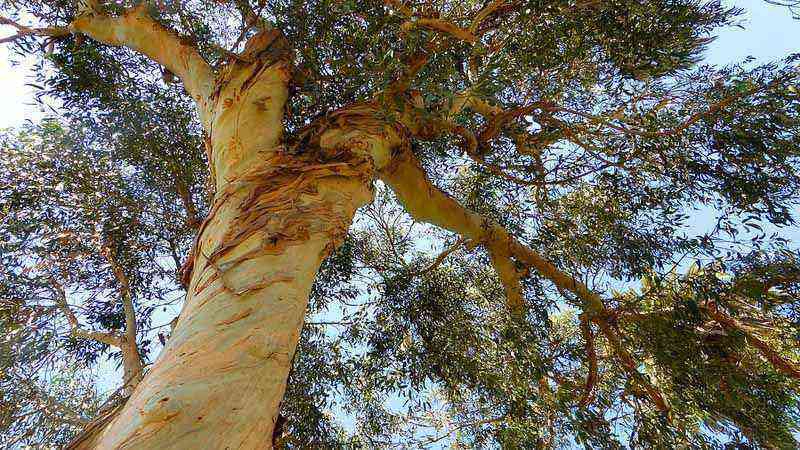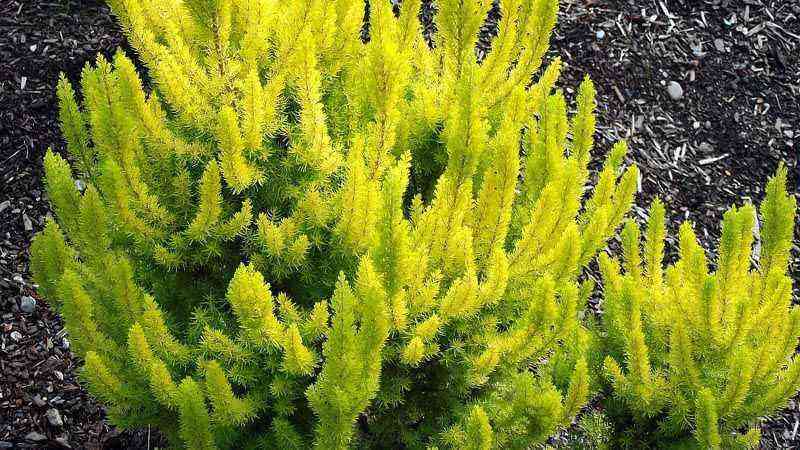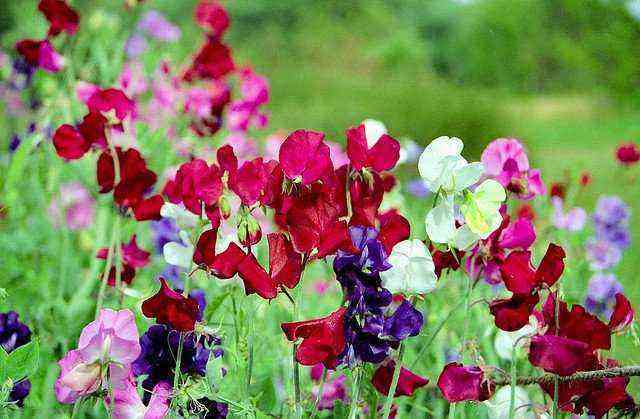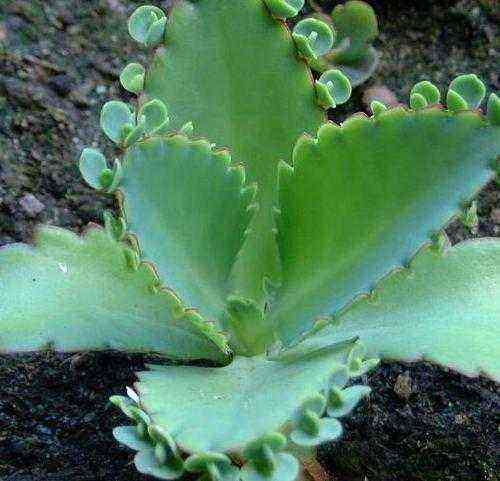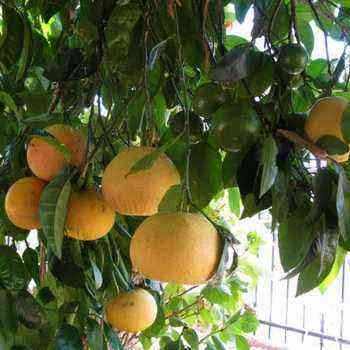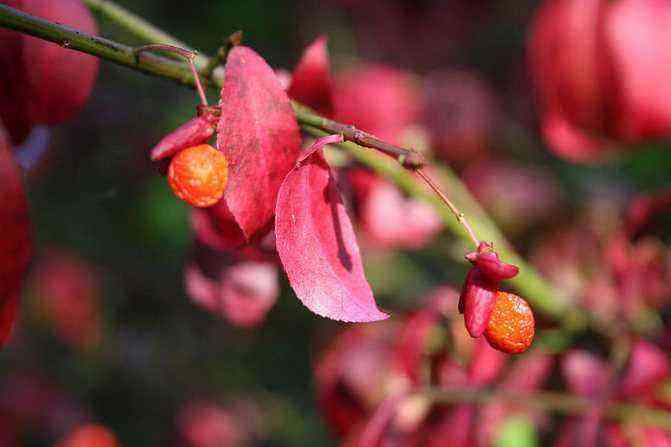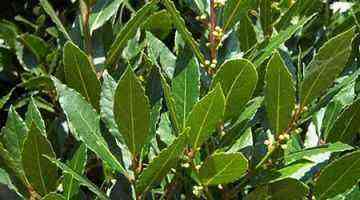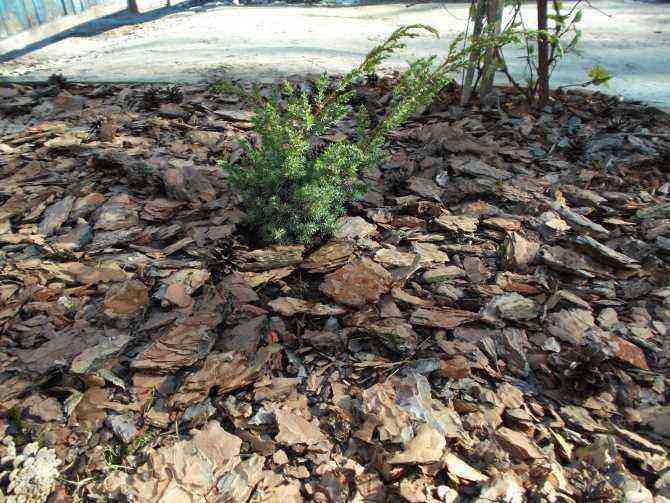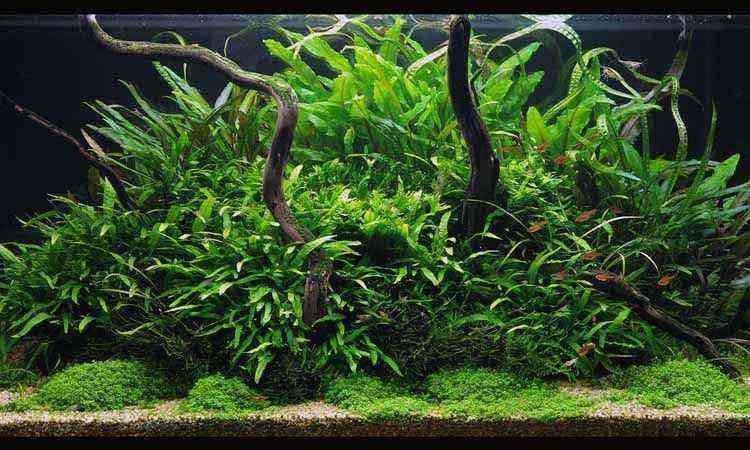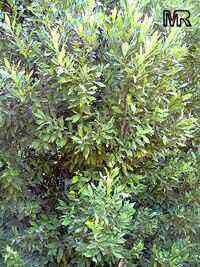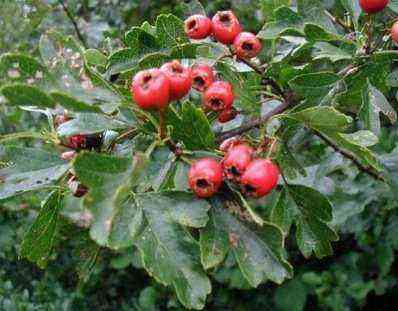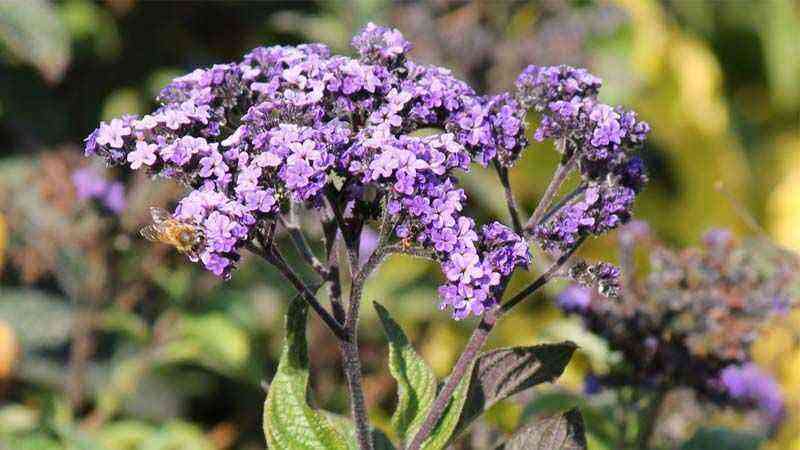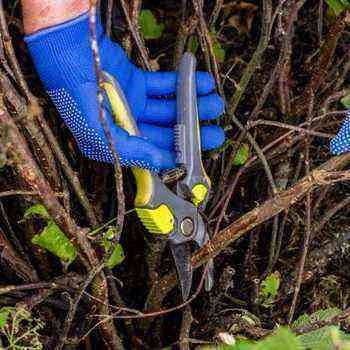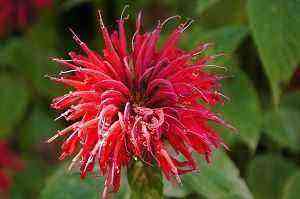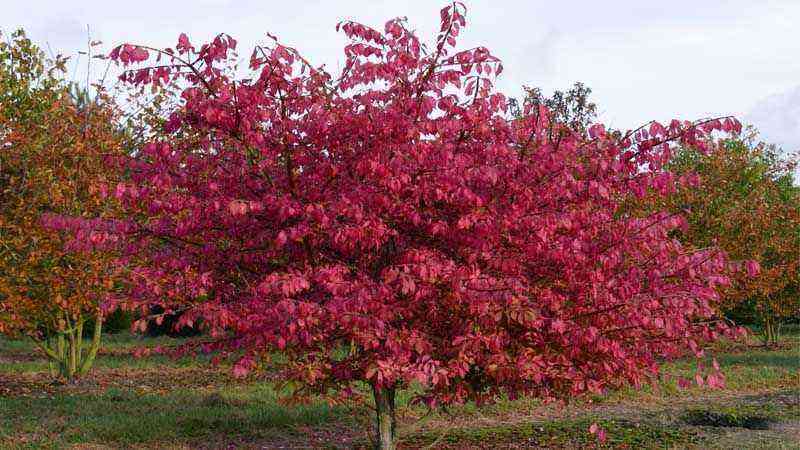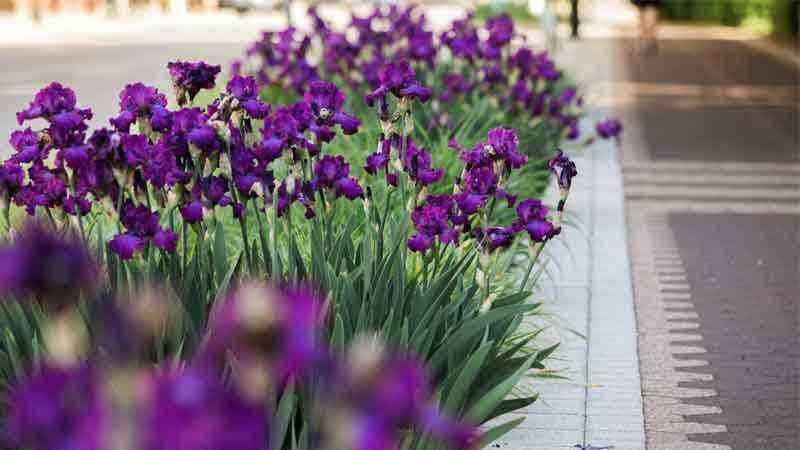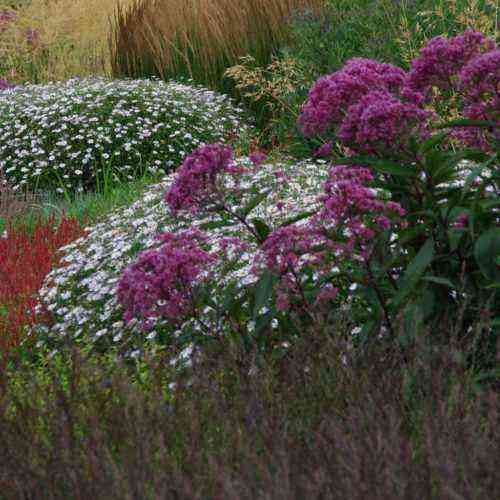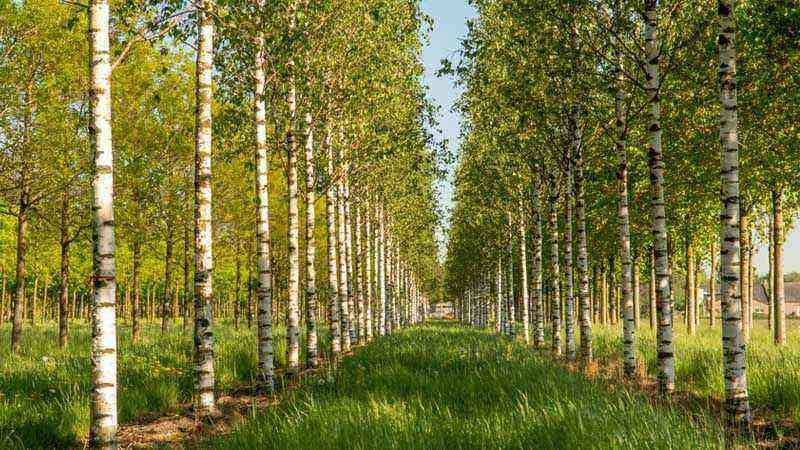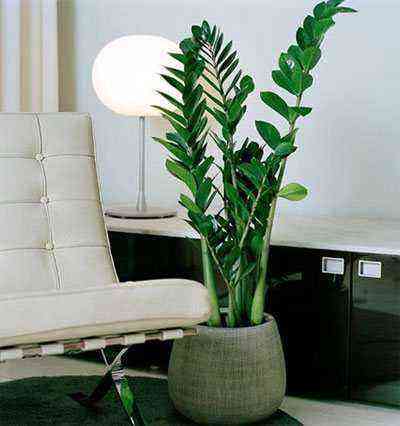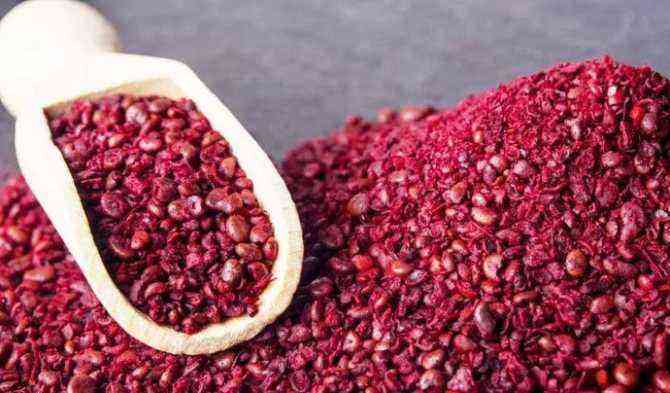Today we are going to talk at length about a very representative tree native to Central America with a lot of representation in Mexico and Cuba among other countries. It is a tropical tree with highly valued wood and other properties that we will discuss. The red cedar, bitter cedar or Spanish cedar.
Confusion with other red cedar
Here comes the biggest problem with the common names of different places in the world. Is there only one red cedar? Well no. In the old continent we also have a red cedar, also timber but not a tropical tree. In fact, cedars in Europe are from the coniferous family. American red cedar is another.
His scientific name is Cedrela odorata L. As we already know, the “L.” It is the initial of the botanical classifier, in this case Carlos Linneo. The term odorata refers to its smell. Its wood has a very characteristic, bitter smell, hence another common name apart from red cedar is bitter cedar. It is also known as Spanish cedar, especially in the tobacco world of cigars.
Origin and current distribution of the red cedar
Although it is already present in many countries in Central and South America, its origin lies in Mexico. It is a somewhat special tropical tree because it belongs to a very special type of forest; the deciduous tropical forest. That’s right, deciduous. But does the vegetation of the tropics lose their leaf at some point in the year?
In intertropical areas that are not purely tropical it can and does happen. They are also called dry forests. They are areas of intense rain, high humidity (tropical in every rule) for a good period of time although with a part of the year with a pronounced drought. This has forced many species to endure this period by pulling the leaf. The red cedar is one of these species that loses its leaf if it is in such conditions. This type of forest is also called tropophilic forest.
It currently occupies many territories of Central and South America in its northernmost part. This tree can be found in Nicaragua, Mexico, Venezuela, Colombia, Costa Rica and some other more surrounding country. It has been considered for several decades as an important study tree within the FAO tropics. Cuba has a germplasm bank of more than 250 varieties of Cedrela odorata L. for more than 30 years where studies of all kinds have been carried out for its sustainable forest use.
Botanical characteristics of red cedar
It is a tree with a very straight bearing and can measure more than 30 meters and up to 2 meters in diameter. This data is important for a very specific reason that we later see. Intertropical climates tend to have shallow soils and the root systems of the species that inhabit them are therefore also superficial. This entails less rootedness. The direct consequence of this is that if the tree grows too large, two things can happen:
- Let the tree fall.
- That the evolutionary strategies that affect all species lead to the development of interesting fastening systems such as buttresses.
Buttresses of a log
It is something that we have never mentioned in this blog and it is interesting from a morphological point of view. Buttresses were not invented by architects. In architecture, the buttress is defined as a specific thickening in a wall that distributes or transmits loads to the foundation. This evolution had already solved it many thousands of years ago. Let’s see.
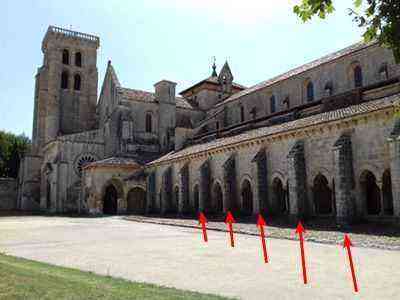

Buttresses of one of the walls of the Monastery of Las Huelgas (Burgos). Source: Wikimedia commons
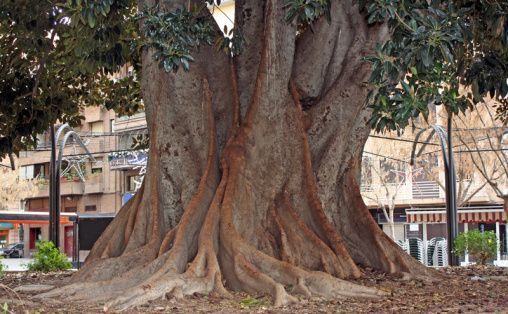

Buttresses of the emblematic Ficus de Murcia. This century-old tree collapsed in June 2017. Source: anuskijester.wordpress.com
Once the term is clarified, it is easy to think that many species from tropical and subtropical areas where the soils are very shallow, have developed this type of structure for obvious reasons. They grow large and need structures in the “foundations” to support such volume and weight. The red cedar, also has this example like this. In fact, if they were too prominent buttresses it would not be an easily timber tree.
Climate and soil of Cedrela Odorata L.
Tropical, very tropical. Although it can develop in both volcanic (acid) and limestone (basic) soils, the truth is that it prefers the latter. However, the soil is not a very limiting factor. It is more the temperature and the rain. Its thermal range is narrow (like many tropical species) and oscillates around 25ºC in average temperature, being able to withstand higher temperatures up to about 32-35ºC.
Red cedar foliage
As a tropical tree, its foliage it is very dense of a bright green color with compound and opposite leaves. We can see this arrangement in other trees such as the false Acacia. The leaflets of the red cedar are somewhat lanceolate. Here is the comparison. I speak of the tipuana as a simile because it was the tree with which I learned the arrangement of opposite compound leaves, not for anything else. In any case, the botanical description of the leaves, flowers, trunk and fruits can be found anywhere. We will not dwell on the detailed botanical description.
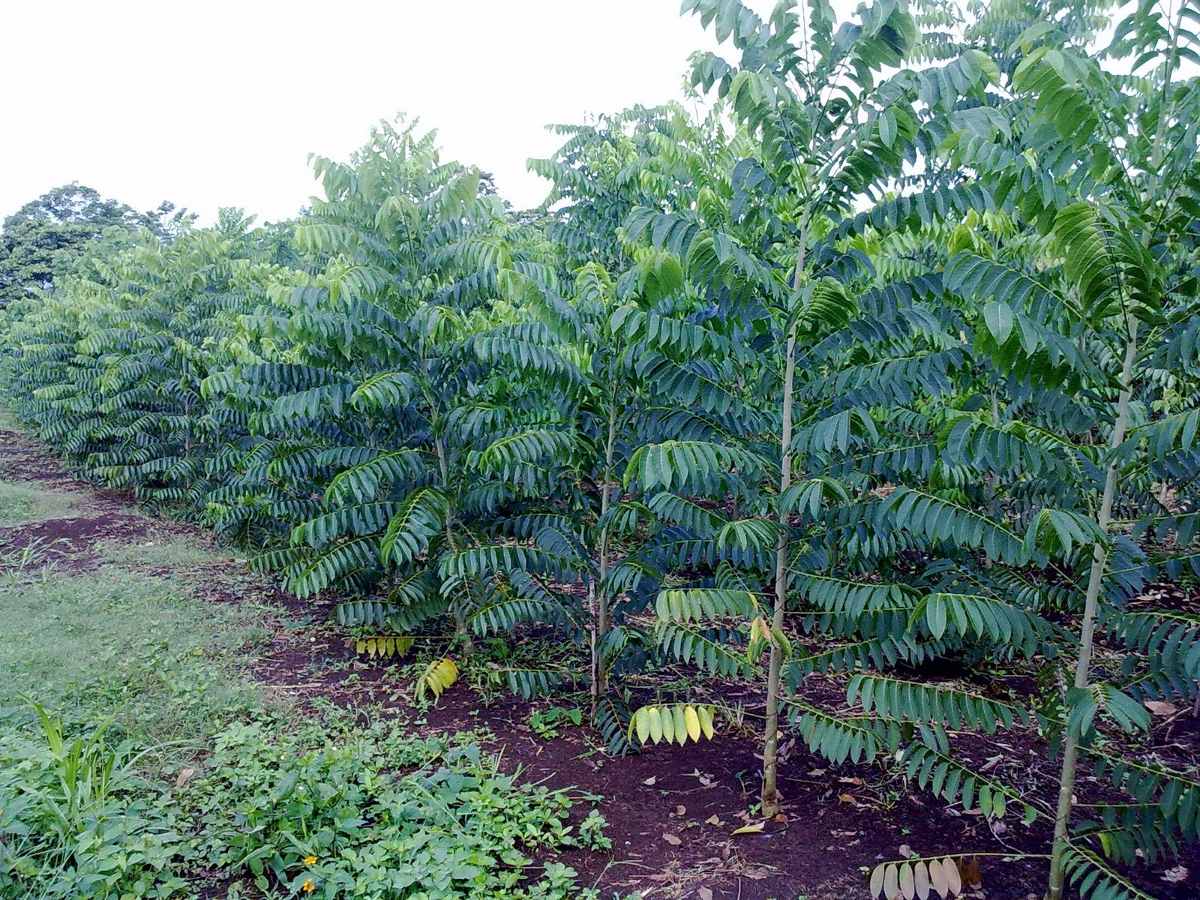

Young specimens of red cedar (Cedrela Odorata L.)
Red cedar and cigars
Cedar wood is highly appreciated by humidifiers as it provides a special aroma of tobacco and influences the evolution of cigars when they are saved. In addition, along with mahogany, they are woods that maintain humidity very constantly. Hence the vital importance in humidifiers to maintain good tobacco. In addition, that aroma that gives it the name odorata is the one that drives away the tobacco beetleTherefore, it is a barrier to entry. The problem is its price. As well as mahogany wood, it is a luxury wood species and everything that is made with it has a very high cost. In fact it is very very difficult to find solid cedar wood humidifiers. Almost every come veneered with cedar and they already have high prices. Here are some examples
History linked to the red cedar for its timber interest
And here comes the interesting historical part of this species. Red cedar is a highly prized wood for furniture. It is a wood with a very characteristic reddish brown color, very easy to work with, with a precious grain. It is the delight of any cabinetmaker. People say that, After mahogany, it is the most important timber species in the Mexican forest industry and widely used in tropical America.
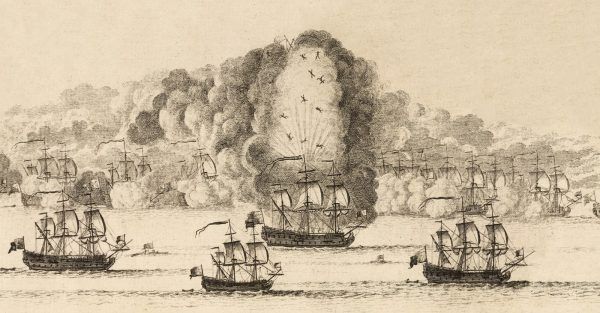

Battle Cayo San Jorge
There was an excessive exploitation of mahogany, palo de tinte and this red cedar by the Spanish and later by the British, when Spain granted them logging permits in Belize. Later, these areas would pass into the hands of the British after the Battle of the Cayo de San Jorge. More about the battle of Cayo San Jorge.
